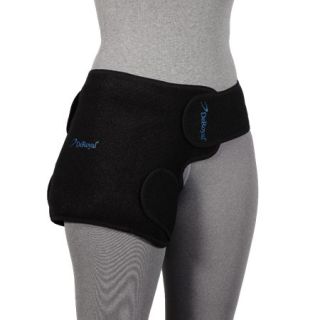Shop Gluteal Strain Braces, Supports & Compression Shorts
Recover confidently from a glute (gluteal) strain with DME‑Direct's expert-picked compression shorts, supports, wraps, and braces. Each is engineered to deliver targeted compression over the buttock muscles, secure stabilization for rehab, and premium comfort for active use or daily wear. Trusted by physical therapists and athletes alike, our glute strain supports help reduce pain, enhance blood flow, and support strength restoration.
Find the ideal glute strain support & return to full power and movement with confidence.



